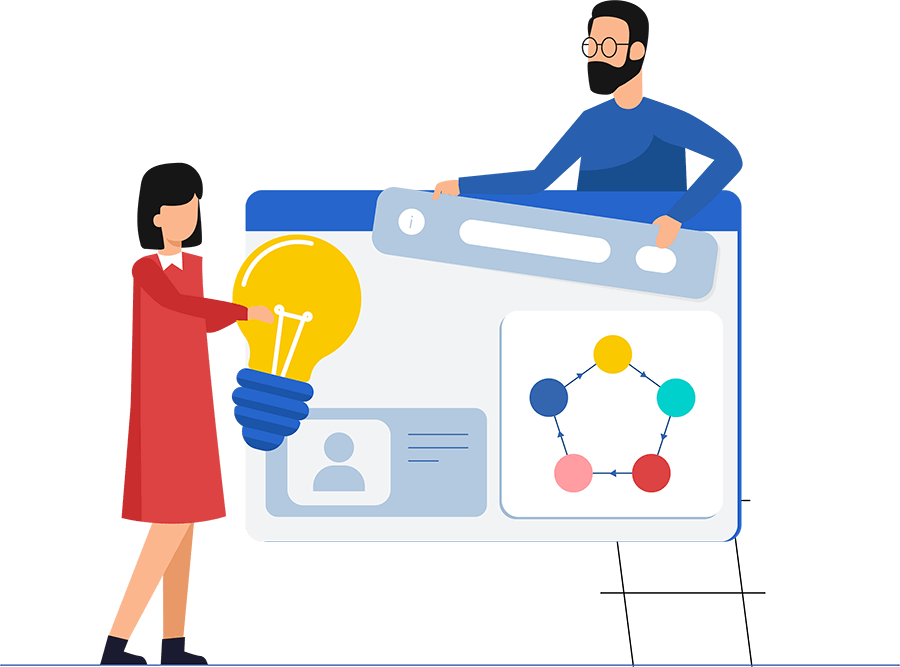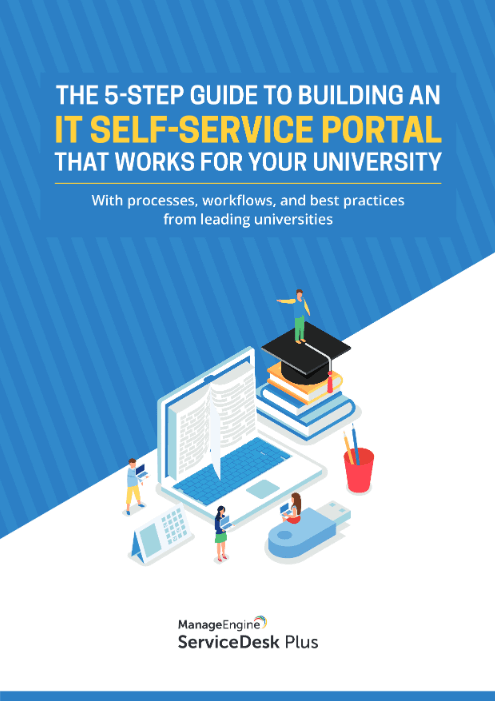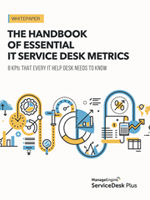What are the activities involved in knowledge management?

The key knowledge management processes are knowledge management strategy, knowledge transfer, and information management.
Knowledge management strategy:
To meet knowledge management goals, the knowledge manager must formulate a strategy to identify the types of knowledge needed. The first step to creating a knowledge management strategy is identifying the knowledge gaps existing in the IT service team. The knowledge gap is defined as the difference between the knowledge an IT service desk needs and the existing knowledge it uses currently.
Some of the ways to get the relevant data internally from the IT service desk are:
- Recognizing patterns and trends in recurring incidents.
- Identifying categories/sub-categories with most incidents.,
- Surveys from end users or customers.
Knowledge from external sources can be obtained from databases, websites, customers, suppliers, competitors, and partners.
The right knowledge management strategy also includes finding the best methods to:
- Gathering, storing, and sharing trustworthy and reliable data to improve the quality of decision-making.
- Improving the quality and efficiency of service provider activities, reducing costs, and increasing satisfaction by reducing the need to rediscover knowledge.
- Gaining a clear understanding of the value of various IT services provided to customers.
- Maintenance of the SKMS.
Knowledge transfer
Knowledge gathered, analyzed, and stored needs to be shared to other teams when they use various processes in the service desk such as incident, problem, project management, etc. Communication channels that are best suited for the type of knowledge that is being shared must be created to enable knowledge collection and transfer.
When an experienced IT technician retires, all of the critical IT service desk knowledge they've accumulated over the years leaves the with them. In order to prevent that, a knowledge transfer plan must be created. Since only so much can be stored by writing or shared verbally, a person’s experiences, observations, and insights are hard to transfer. In this case, the transfer of knowledge should happen through:
- A mentoring program.
- Work shadowing, which is an observation-based method in which the individual acquiring knowledge will shadow the person who has the knowledge.
- Paired work, which puts two employees together—one new employee learning from one experienced employee who's leaving the company.
The effectiveness of tacit knowledge transfer and the learning curve can be measured by conducting exams and tests. The effectiveness of the explicit knowledge transfer done within the service desk is measured with metrics such as incidents that request for knowledge, average diagnosis and repair time for incidents fixed in-house, and incidents resolved by referring to knowledge articles.
Information management
If the acquired knowledge isn't made available to the entire service desk, it gets isolated, valuable knowledge does not get analyzed, and it fails to make the transition from the individual to the service desk. However, not all knowledge should be made publicly available. Having role-based access to articles is one way to restrict access to sensitive information.
Also, with methodologies like knowledge centered services (KCS), service desks can leverage a sophisticated workflow that views solutions rendered as valuable assets. KCS focuses on capturing, structuring, and storing knowledge in the workflow. It also focuses on making knowledge easily available and usable by the target users.
This means when a technician provides a solution, the solution gets added to the knowledge base under the right category, so that it will pop up when the key search terms are used whenever a user looks for an article.
KCS combines and elevates customer support and knowledge management in a service desk with efficient workflow.
How to Implement knowledge management?

Identifying knowledge management objectives
The first step in creating a knowledge management system is to evaluate and find what information would add value to the IT service desk and provide the most benefit.
This information can be gathered by:
- Performing a knowledge gap analysis to understand what technicians currently know and what they need to know do the same job efficiently.
- Checking the frequently asked questions, key search words, customer service experiences, and results from survey reports.
These collections of knowledge also help improve the services delivered, which can be achieved with both short-term and long-term objectives. These objectives ensure that the resolution or the process of creating a value in the service desk is always on the right path towards the final goal.
Creating a knowledge sharing culture
Usually the technicians with the most knowledge or the one who produced the desired output is rewarded. This sometimes creates a culture of hoarding information.
Therefore, it's important to create a knowledge sharing culture. One of the ways to make knowledge sharing the norm is to reward contributors for every article that gets published in the knowledge base.
Another way is to create a role of "knowledge-management champion" in every department. This title would apply to those who promote knowledge sharing through webinars, newsletters, etc. Enhancing the knowledge management system with game design elements can also help end users embrace a culture of knowledge sharing.
Using the right technology/solution:
For successful implementation, knowledge management activities along with knowledge management best practices (knowledge classification, retention, and measurement) must be efficiently established. A knowledge management solution will enhance and automate all the knowledge management activities in a service desk.
A built-in knowledge base in help desk software allows technicians to access or save solutions right from within the ticket without having to navigate through multiple windows. A built-in knowledge base also provides easier access to end users via the IT self-service portal.
There are lots of solutions available in the market, but it's important to choose a solution that aligns with your the business. Choose a knowledge management solution based on your organization's knowledge management objectives.
Maintaining knowledge
After the three above-mentioned steps are completed, the current state of knowledge management within the IT service desk must be assessed to understand areas of improvement.
Some of the ways to maintain quality knowledge management are:
- Identify and keep track of the existing sources of information
- Audit and store knowledge in a systematic way with the necessary backups
- Update articles and check for the relevance of the solutions periodically
- Assign proper roles to users to oversee the activities in the knowledge base
- Measure the knowledge in the knowledge base, and assess its effectiveness
By implementing knowledge management and its best practices, knowledge articles are automatically created as a by-product of resolving issues. Additionally, this content improves based on demand and usage.
Also, the knowledge base is a repository for the service desk team’s collective experiences. As a result, there is an improvement in response times and the quality of information available for end users and technicians alike.



